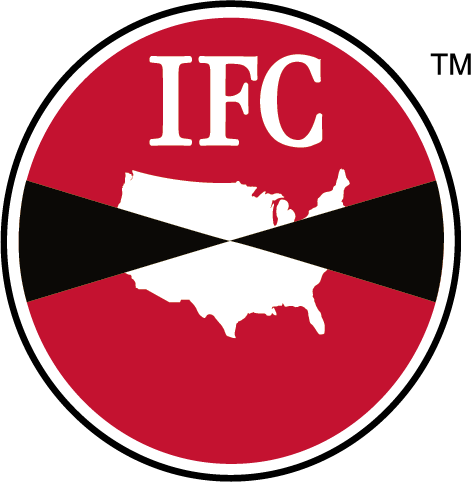Microbial Decontamination Solutions
You can count on IFC for sanitation solutions. Our professionals assist in meeting any industry’s sanitation needs with turnkey solutions.
Sanitation standards and practices are essential. At times, even the best efforts cannot prevent situations that threaten a facility’s viability and promise of providing safe products including food. The consequences of food-borne illness, infectious organisms on surfaces, and the seemingly never ending cycle of organic waste and associated sanitation pests are occasions for extraordinary solutions.
IFC offers powerful and affordable microbial decontamination solutions:

ProClean™ Chlorine Dioxide Gas Decontamination
Eliminate microorganisms such as mold and bacteria using chlorine dioxide gas. IFC provides proven technology, trained technicians, and well-executed protocols to provide a clean break and assure you your facility is free from microorganism contamination.

Surface Decontamination Services
Remediation in areas of organic matter build-up and chronic wet situations with associated sanitation concerns, all potentially leading to pests and microorganisms. IFC utilizes treatment protocols for areas that have food waste, organic build-up, in and around dumpsters, as well as bird and rodent droppings.
Environmentally friendly and beneficial surface decontamination solutions, when applied to organic waste and pest harborage sites, help to reduce the attraction and proliferation of flies, insects, and harmful bacteria. Probiotic solutions are a blend of naturally occurring microbes that help to eliminate issues. An integrated approach with these non-toxic beneficial materials and foam applications can be a powerful option to help eliminate pests and microorganism.
Cleaning with liquid, sprayed, or foamed solutions is sometimes necessary prior to a complete decontamination service because organic build-up can potentially reduce the effectiveness of these types of applications.
